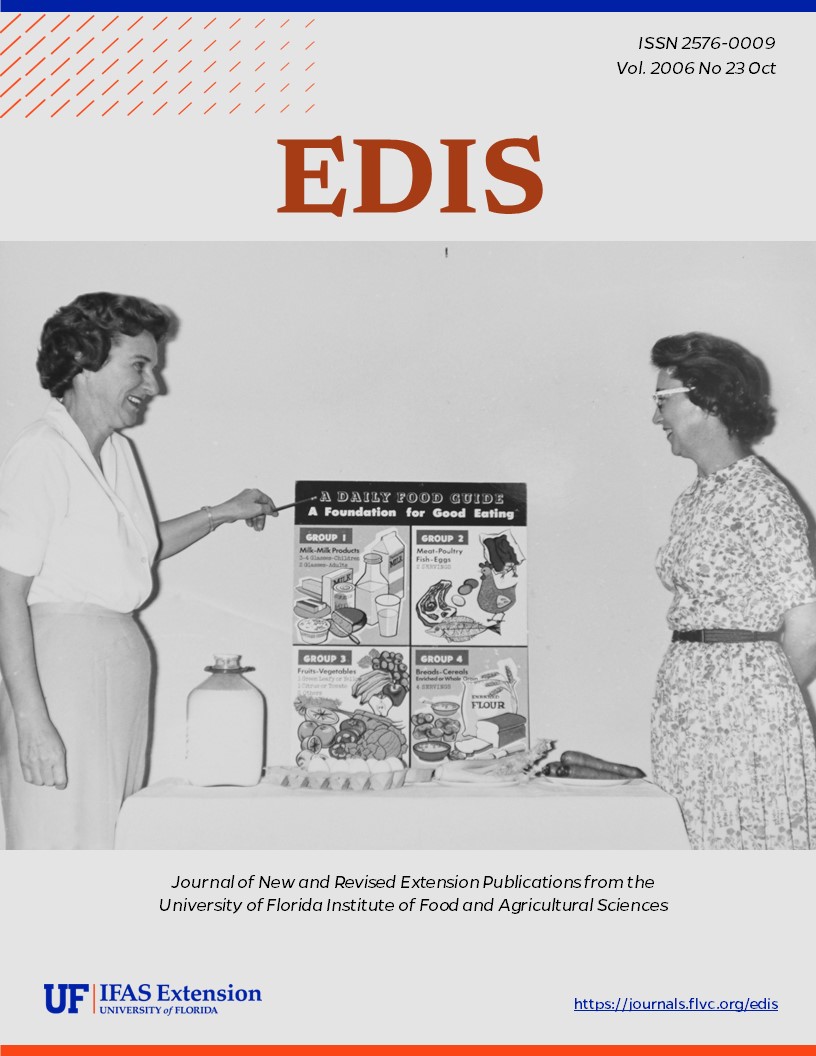Abstract
FCS-2256, a 5-page fact sheet by Stacy Daniels and M.A. Brennan, is the second in a two-part series focusing on missing children. This final installment considers children who have been abducted. Readers will learn about different types of abductions (family, nonfamily, and kidnapping) and find out how common each type is. This paper also provides information on some of the resources available for families, community leaders, and extension agents and tips on how to prevent abductions in any community. Published by the UF Department of Family Youth and Community Sciences, October 2006.
References
Allen, E. (1991). "The kid is with a parent, how bad can it be?" The crisis of family abductions. Arlington, VA: National Center for Missing and Exploited Children. Retrieved April 4, 2006, from http://www.missingkids.com/en_US/publications/kid_is_with_a_parent.pdf
Berger, K. (2005). The Developing Person Through the Life Span (6th ed.). New York, NY: Worth Publishers.
The Educational Standards Task Force. (1999). Guidelines for programs to reduce child victimization: A resource for communities when choosing a program to teach personal safety to children. Arlington, VA: National Center for Missing and Exploited Children. Retrieved April 4, 2006, from http://www.missingkids.com/en_US/publications/NC24.pdf
Finkelhor, D., Hammer, H., & Sedlak, A. (2002). Nonfamily abducted children: National estimates and characteristics: Washington, DC: U.S. Department of Justice, Office of Justice Programs, Office of Juvenile Justice and Delinquency Prevention. Retrieved April 4, 2006, from http://www.missingkids.com/en_US/documents/nismart2_nonfamily.pdf
Finkelhor, D., & Ormrod R. (2000). Kidnapping of juveniles: Patterns from NIBRS. Washington, DC: U.S. Department of Justice, Office of Justice Programs, Office of Juvenile Justice and Delinquency Prevention. Retrieved April 4, 2006, from http://www.missingkids.com/en_US/documents/kidnapping_juveniles.pdf
Hammer, H., Finkelhor, D., & Sedlak A. (2002). Children abducted by family members: National estimates and characteristics. Washington, DC: U.S. Department of Justice, Office of Justice Programs, Office of Juvenile Justice and Delinquency Prevention. Retrieved April 4, 2006, from http://www.missingkids.com/en_US/documents/nismart2_familyabduction.pdf
Johnston, J., Sagatun-Edwards, I., Blomquist M., & Girdner L. (2001). Early identification of risk factors for parental abduction. Washington, DC: U.S. Department of Justice, Office of Justice Programs, Office of Juvenile Justice and Delinquency Prevention. Retrieved April 4, 2006, from http://www.missingkids.com/en_US/documents/riskfactors.pdf
National Center for Missing and Exploited Children. (2005). Just in case...guidelines in case you are considering a family separation [Brochure]. Retrieved April 4,2006, from http://www.missingkids.com/en_US/publications/NC08.pdf
Sedlak, A., Finkelhor, D., Hammer, H., & Schultz, D. (2002). Nation estimates of missing children: An overview. Washington, DC: U.S. Department of Justice, Office of Justice Programs, Office of Juvenile Justice and Delinquency Prevention. Retrieved April 4, 2006, from http://www.missingkids.com/en_US/documents/nismart2_overview.pdf

